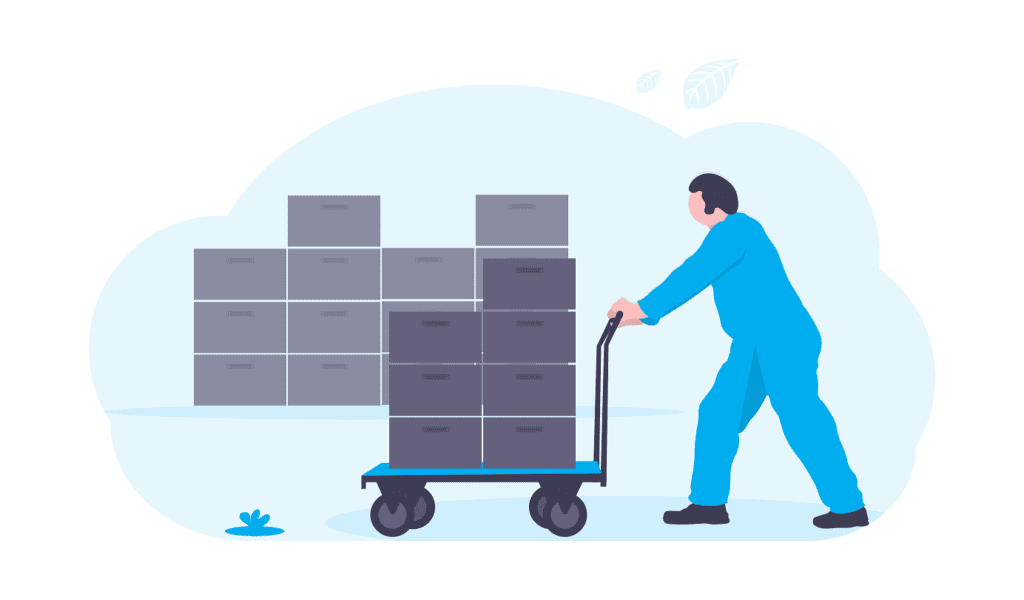
Latest Update: 16 August 2021
Data center migrations aren’t something most people do every day. They’re typically a once-in-a-career event — twice if you’re lucky (or unlucky, depending on how you look at it). No matter which camp you’re in, moving networks, servers, data and applications from one location to another tends to elicit a string of four-letter words:
Nope. Ouch. Slow.
(Not the words you were thinking?) This is for good reason.
In helping hundreds of companies migrate everything from single applications to full data centers, we’ve identified seven common mistakes people make during data center migrations, and more importantly, how to avoid them.
A data center migration process can be broken down into seven steps, each with its own potential for mishaps: discovery, planning, development, validation, migration, management, and scale.
Mistake #1 (Discovery Phase): An Incomplete Infrastructure Assessment
The most common mistake made during discovery is not doing a complete infrastructure assessment. This is a rack-by-rack and U-by-U documentation of each device and its associated applications.
This assessment should note all things physical and virtual, network devices, network topography, etc. Don’t take shortcuts here because there’s no such thing as too much information for a migration.
Pro Tip: Include operational and technical interdependencies in your assessment. For example, app, web, and database servers on a related application must migrate as a bundle.
